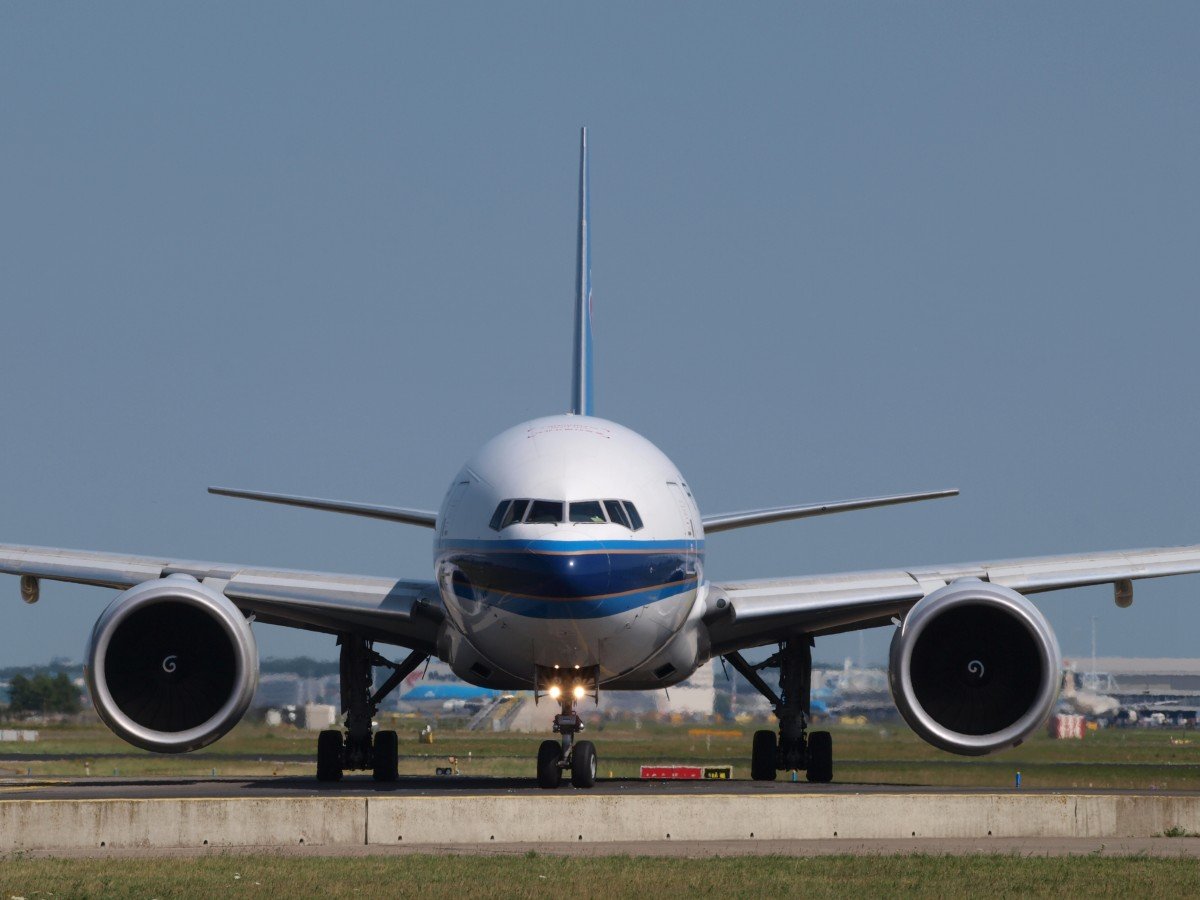Boeing Ongoing Challenges: Safety Concerns and Labor Strikes in 2024
2024 turned out to be a bumpy year for Boeing, the aerospace giant synonymous with aviation innovation. It faced serious challenges on all fronts: safety concerns regarding its 737 Max aircraft and massive labor unrest with employee strikes that threw its operations into disarray. These issues not only tested Boeing’s resilience but also raised profound questions about the company’s future in a highly competitive global aviation industry. This article delves into these challenges, their implications, and what they signal for the company’s trajectory in the coming years.
The 737 Max: A Recurring Safety Concern
The Boeing 737 Max, once the epitome of cutting-edge innovation and a stalwart of the company’s commercial fleet, continued to face scrutiny in 2024. The aircraft had been grounded worldwide in 2019 after two fatal crashes. Under strict regulatory oversight, the aircraft returned to service, but new incidents involving the 737 Max reignited fears about its safety, leading to further investigations and regulatory interventions.
In early 2024, multiple airlines reported technical issues during routine operations of the 737 Max. While none of these incidents resulted in fatalities, they highlighted potential flaws in the aircraft’s design and software systems. Pilots described sudden anomalies in autopilot systems and unexpected flight path deviations, raising alarms about the adequacy of the software updates implemented during the plane’s earlier grounding period. Aviation regulators, such as the Federal Aviation Administration (FAA) and the European Union Aviation Safety Agency (EASA), also initiated new investigations in response.
Adding to the issue, whistleblowers from Boeing’s engineering division claimed that the company had compromised safety measures for cost-cutting reasons in the production of the aircraft and its post-grounding overhauls. The further erosion of public trust in Boeing called for a radical overhaul of its internal processes.
Regulatory authorities required pilots flying the 737 Max to undergo comprehensive retraining programs. Airlines across the globe were ordered to temporarily ground the affected aircraft until enhanced safety inspections could be carried out. These incidents disrupted travel schedules and strained relationships between Boeing and its airline customers, some of whom demanded compensation for financial losses incurred due to the disruptions.
Labor Strikes: A Global Problem
At the same time, Boeing faced labor unrest, which ran rampant in its American and foreign facilities. Workers in 2024 went on strike, focusing attention on complaints related to wages, working conditions, and job security. These strikes were not a one-off but a manifestation of broader worker discontent in an industry that has proven to be essential to the world economy.
The biggest strike took place at Boeing’s Everett, Washington plant, where some of the company’s flagship aircraft, like the 787 Dreamliner and 747 freighter models, are built. Workers represented by the International Association of Machinists and Aerospace Workers (IAM) walked out over low wages, increasing healthcare costs, and fears of layoffs. Despite several negotiation attempts, management and the union failed to agree on new terms of employment.
Boeing also faced strikes from its professional engineering and technical personnel, unionized within the Society of Professional Engineering Employees in Aerospace. Concerns included layoff threats, reductions in benefits packages, and outsourcing of critical engineering work. These strikes emphasized a growing detachment between management and the workforce.
The strikes had a cascading effect on Boeing’s operations. Production schedules fell behind, delaying aircraft deliveries to customers. Airlines expressed frustration, with some threatening to cancel contracts and shift to competitors like Airbus. Analysts estimated that Boeing lost billions of dollars in revenue during the prolonged work stoppages.
Financial Costs of Boeing’s Crisis
The combined impact of safety issues and labor strikes significantly affected Boeing’s financials in 2024. Quarterly earnings fell short of expectations due to delayed deliveries and increased safety-related expenses. Additionally, Boeing’s share price plummeted as investor confidence weakened.
Mounting legal costs from lawsuits filed by airlines and affected passengers related to the 737 Max incidents added to Boeing’s financial strain. The company also incurred significant expenses resolving labor disputes, including wage increases and improved benefits packages. Furthermore, funds were allocated to implement safety enhancements and comply with regulatory mandates.
Meanwhile, Airbus capitalized on Boeing’s woes, securing new orders from carriers seeking alternatives to the 737 Max. The A320neo family of aircraft emerged as a preferred option for its reliability and efficiency, further eroding Boeing’s market share in the profitable narrow-body aircraft segment.
Rebuilding Trust and Addressing Challenges
Boeing leadership launched a comprehensive plan to address these challenges and rebuild stakeholder trust. Key components included:
- Improved Safety Measures: Comprehensive inspections and software updates for the 737 Max, enhanced quality checks, and closer collaboration with regulators.
- Better Labor Relations: Open communication with unions, new contracts with higher wages and better benefits, and a task force to improve workplace conditions.
- Strategic Investments: Increased investment in research and development, diversification into space exploration, and advanced defense systems.
- Transparency and Accountability: Periodic reports on safety and labor issues, independent audits, and greater operational transparency.
While these efforts were praised by some, critics remained skeptical, citing systemic issues in Boeing’s corporate culture that prioritize profit over safety and employee well-being.
Conclusion
The year 2024 was one of the most challenging in Boeing’s history. The combination of safety concerns and labor disputes tested the company’s resilience and forced it to confront longstanding operational issues. While the road to recovery is tough, Boeing’s efforts to rebuild trust, innovate its product offerings, and adapt to a changing industry offer hope for the future.
Ultimately, Boeing’s ability to learn from 2024’s challenges will determine whether it can reclaim its position as a leader in the aerospace sector.





